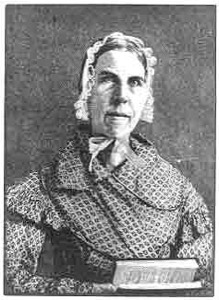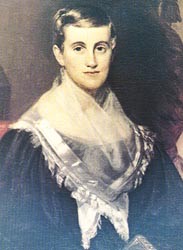Sign up for FlowVella
Sign up with FacebookAlready have an account? Sign in now
By registering you are agreeing to our
Terms of Service
Loading Flow

Major leaders of Women's Education reform
Major leaders in Women's Education reform
One major leader of Women's Education reform was Sarah Grinké. As Sarah Grimké, who ran a school for women with her sister Angelina, com- plained in Letters on the Equality of the Sexes and the Condition of Woman , a woman who knew “chemistry enough to keep the pot boiling, and geography enough to know the location of the different rooms in her house,” was considered learned enough. Another major leader was Emma Willlard. In 1821 Emma Willard opened one of the nation’s
first academically rigorous schools for girls in Troy, New York. The Troy Female Seminary became the model for a new type of women’s school. In 1837 Mary Lyon overcame heated resistance to found another important institution of higher learning for women, Mount Holyoke Female Seminary in South Hadley, Massachusetts. Black women had a tougher time being educated but one white Quaker by the name of Prudence Crandall. In 1831 white Prudence Crandall opened a school for girls in Canterbury, Connecticut. Two years later she admitted an African-American girl, but the townspeople protested so vigorously against desegregated education that Crandall decided to admit only African-American students.


